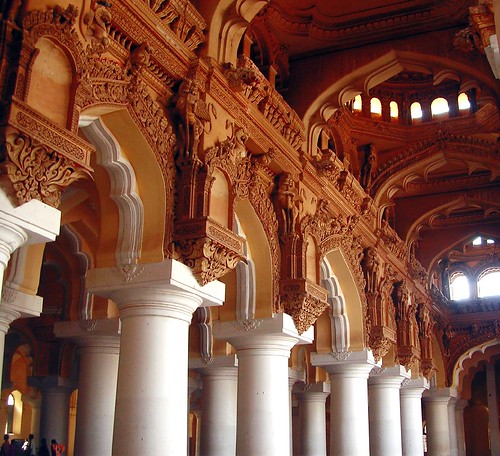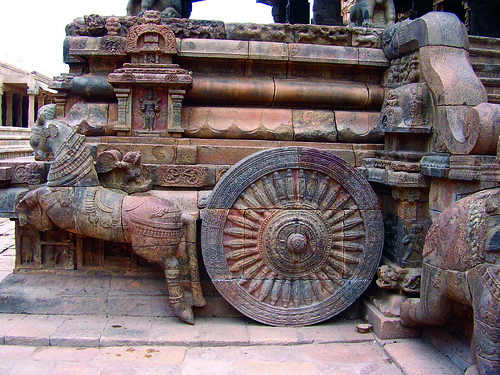
La sculpture Primitive prehistoric was made of stone, clay, ivory, copper and gold. In the valley of Indo, among the remains of the buildings of brick burned from Mohenjo Daro, objects from the III millennium BC have appeared among which there are figures of alabaster and marble, figurines representing naked goddesses and animals in terracotta and fine earthenware, a copper wagon model and numerous square ivory and faience seals with animals and pictographs.
The similarity of these objects to the works of Mesopotamia in terms of themes and stylized forms, it indicates the existence of a relationship between the two cultures and a possible common origin. There is no evidence that there were contacts with the culture of Near East in Vedic and later times.
To the oldest phase of this period belongs a gold figurine, from the XNUMXth century, which represents a goddess, and which has been found in Lauriya Nandangarh. Among the later objects, belonging to the period around 600 BC, are polished stone discs and ornate, and coins representing different types of animals and religious symbols.
With the advent of buddhism in the XNUMXrd century BC the evolution of a monumental stone architecture takes place, which is complemented by sculpture in low and high relief. Figure of Buddha was not present in primitive Indian art and they resorted to symbols and scenes from his life, to representations of buddhist deities and edifying legends.
At that time - as throughout the entire history sculpture - figures and ornamentation were arranged in complicated compositions. The most prominent monuments of this period are the animal-shaped capitals of the pillars of sandstone for the king's edicts Ashoka, and the marble railings that surround the stupas de Bharhut, riding a Madhya Pradesh, whose reliefs seem to be compressed between the surface and the bottom. The doors of the Sanchi stupa (XNUMXnd century BC), whose reliefs have the delicacy and meticulousness of carving in ivory.


